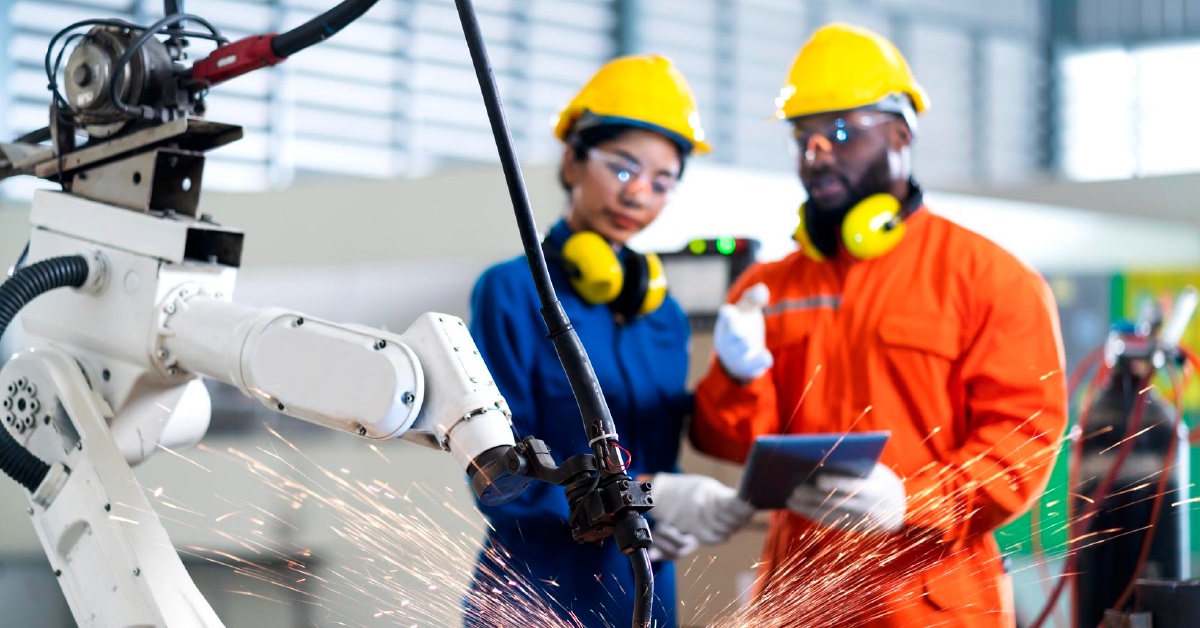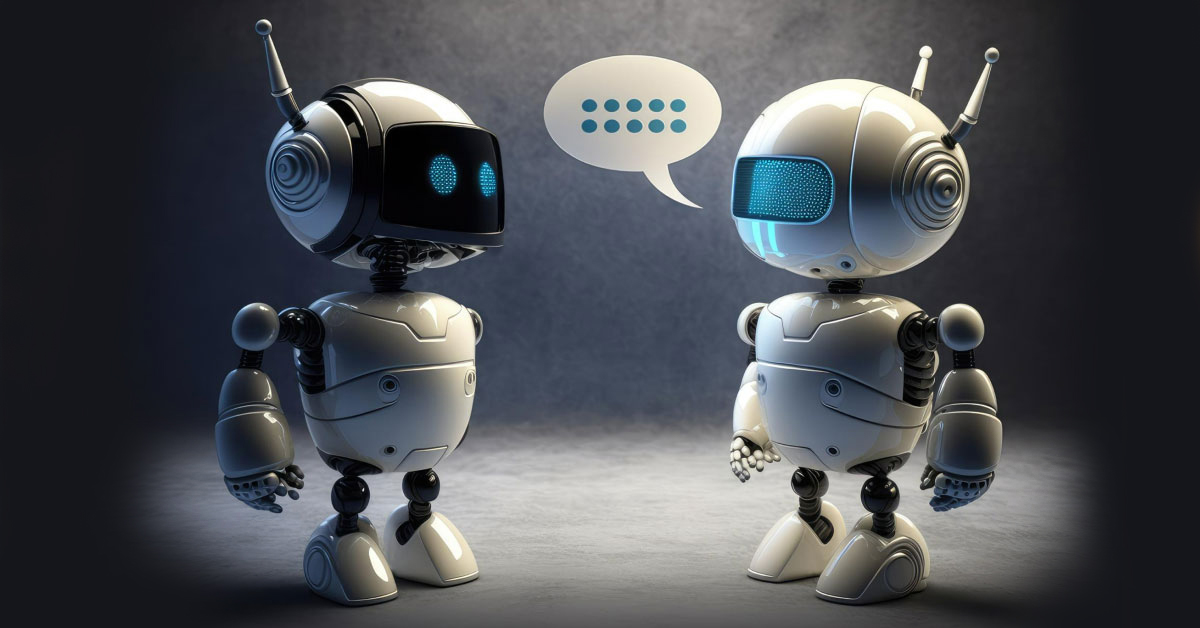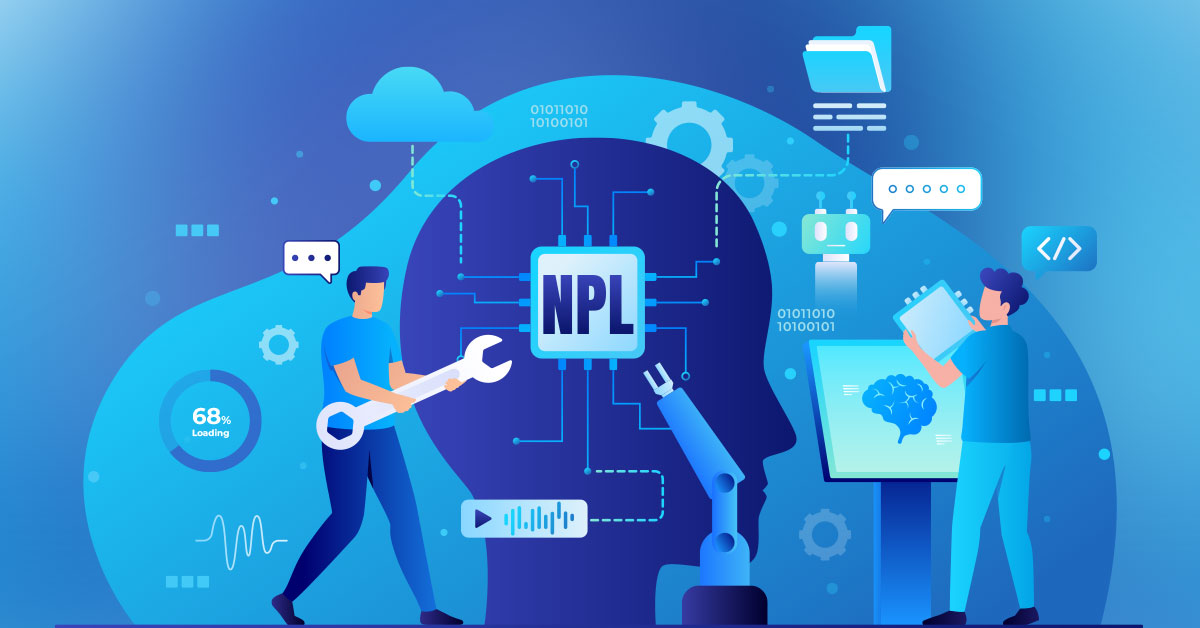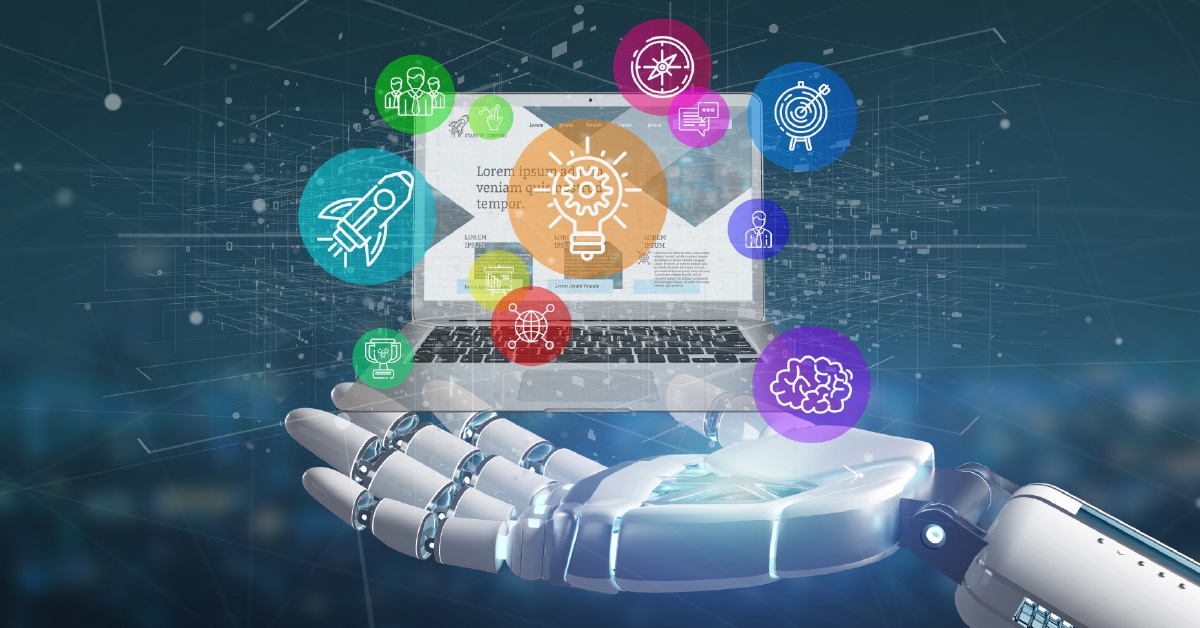Sustainable Solutions: AI Initiatives Transforming Industries
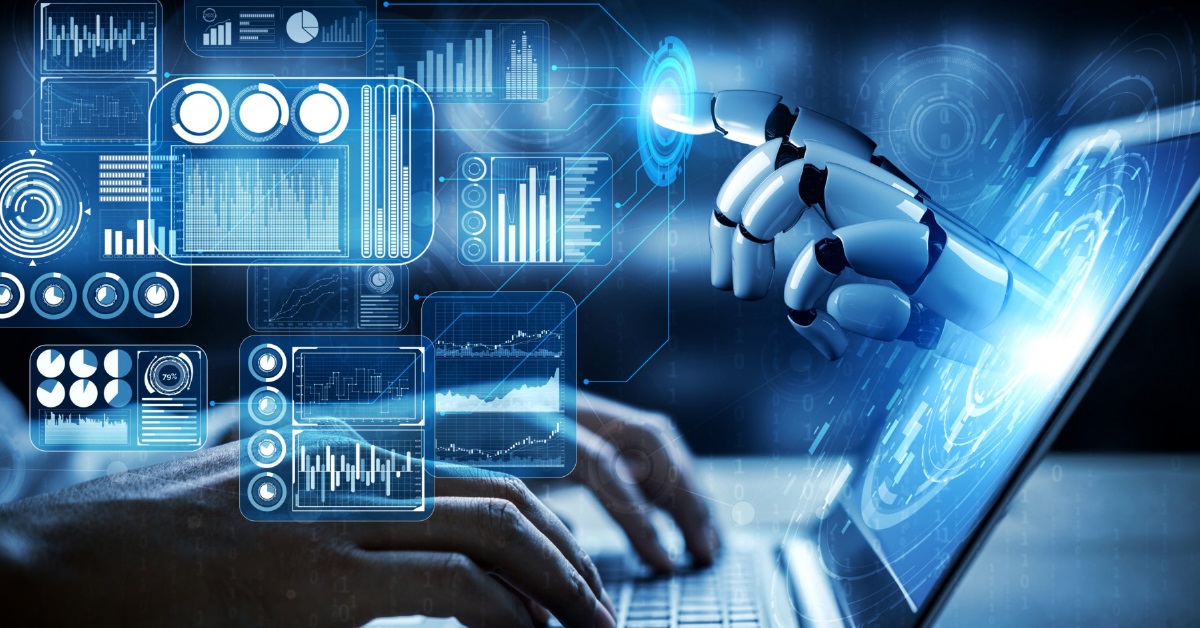
4 min read
Sustainable design concepts can be included in the creation of Artificial Intelligence systems using AI sustainable solutions. Using eco-friendly materials, reducing energy use, and assuring scalability and adaptability to changing needs are all part of this.
Artificial intelligence (AI) systems that work in accordance with ethical business principles are known as sustainable AI. Finding and prioritizing the areas where AI can have a positive influence while guaranteeing environmental, social, and economic sustainability is the first step in creating AI sustainable solutions. Even if it were to result in some short-term cost increases for those industries, there would probably be a number of long-term savings as well as other advantages, such as improved brand recognition and consumer loyalty.
AI Applications for Sustainability in Particular Industries
The industry determines how sustainability is used in practice.
- Retailers utilize AI to cut transportation emissions for product deliveries and optimize energy use in stores.
- AI is used by e-commerce enterprises to streamline shipping routes and cut down on delivery truck emissions.
- For predictive maintenance, telecom businesses turn to data analysis powered by AI and data science engineering. The same strategy can lower energy use, decrease downtime, and improve network efficiency.
- AI and data science is used by IT businesses to reduce pollution and energy utilization in data centers.
- AI and analytics are used by vendors along the whole food supply chain to forecast demand and minimize waste and losses.
- High return rates hurt the fashion business, and returned clothing eventually finds up in landfills. AI-driven consumer analysis offers inventory management and demand predictions to cut down on waste.
What Are Sustainable Solutions In Developing AI?
Maintaining the ability of natural systems to continue providing the ecosystem services and natural resources that are essential to the economy and society is a guiding principle of sustainable development.
To Use AI Innovation to Achieve the Sustainable Development Goals
- How swiftly digital technology is developing today is truly astounding.
- Huge data sets will make it possible for people to use AI innovation and generate groundbreaking improvements in fields like healthcare, agriculture, education, and transportation.
- Additionally, we are witnessing examples of how AI-enhanced computing improves teaching for students, improves crop yields, and reduces medical errors.
- The relationship between artificial intelligence and climate change has recently attracted a lot of attention.
- AI can be used in a variety of economic contexts and applications, such as controlling environmental effects and changes.
- These are only a few examples of potential applications; others include improved supply chains, environmental management, and forecasting of the weather. Networks of distributed renewable energy powered by AI are another.
AI Applications for Sustainability Strategies
Some examples of how an enterprise sustainability plan may make use of AI are as follows:
Monitoring and reporting of emissions: Analyze and track an organization’s emissions data to pinpoint areas that need improvement.
Intelligent transportation: To reduce emissions from transport, improve logistics and transport networks.
Efficient use of energy: To cut down on energy use and carbon emissions, optimize HVAC, lighting, and other equipment in buildings.
Integration of renewable energy: Include renewable energy sources in the grid, such wind and solar.
Carbon storage and sequestration: Systems for carbon capture and storage should be created and run more effectively in order to reduce emissions from industrial operations.
Tracing the supply chain: Analyze and keep an eye on suppliers’ sustainability practices
Predictive upkeep: To minimize unplanned downtime and cut down on energy waste, predict equipment breakdowns and schedule maintenance.
How The Use of AI Sustainable Solutions Is Fundamentally Changing Various Industries
By tackling environmental issues, maximizing resource use, and encouraging sustainability, AI sustainable solutions are significantly revolutionizing sectors. AI’s capacity for data analysis, pattern identification, and decision-making algorithms enables creative solutions to a range of environmental problems. Additionally, data science services help firms examine the data in search of commercial insights. Following are a few instances of how AI is promoting sustainability in various industries:
Energy Administration:
In order to improve energy distribution and consumption in power networks, when AI will apply. AI algorithms can predict demand patterns, better manage supply, and balance loads thanks to smart grid technologies. By doing so, energy waste decreases, greenhouse gas emissions decrease, and the grid integration of renewable energy source can support.
Agriculture Resource Conservation:
Agricultural AI applications, including precision farming, enable efficient resource management. Farmers can more effectively administer pesticides, water, and fertilizer based on current conditions thanks to AI-driven sensors and data analytics. As a result, crop yields improve and less resource is wasted.
Climate Forecast and Adaptation:
By examining enormous volumes of environmental data from satellites, weather stations, and other sources, AI is improving climate forecast models. These AI-powered climate models support the development of adaptation plans to lessen the effects of climate change on diverse industries by assessing climate risks, forecasting extreme weather events, and predicting extreme weather occurrences.
Management of a Sustainable Supply Chain:
Supply chain processes will optimize with AI to lessen their environmental impact. AI can find ways to reduce energy use, lower emissions, and promote sustainable sourcing practices by analyzing data on logistics, transportation routes, and inventory management.
Recycling and Waste Management:
By increasing recycling efforts and waste sorting procedures, AI is revolutionizing waste management systems. Robots with AI capabilities and computer vision systems can recognize and sort recyclable materials from waste streams, improving the effectiveness of recycling plants and cutting down on landfill waste.
Biodiversity and Conservation:
AI is assisting with animal conservation through data analysis and monitoring. AI-enhanced drones are able to detect and monitor endangered animals, examine their behavioral patterns, and find potential risks to their ecosystems. Conservationists can use this information to guide their decisions and safeguard biodiversity.
Energy Efficiency and Smart Buildings:
AI-driven building management systems can reduce energy use in both residential and commercial structures. AI can control heating, cooling, and lighting systems to cut energy use without sacrificing comfort by analyzing data from sensors and IoT devices.
Sustainable Urban Planning:
AI is helping urban planners create more environmentally friendly communities. AI can assist in the optimization of public transit routes, the design of energy-efficient buildings, and the creation of green areas that improve urban living while reducing environmental impact by analyzing data on transportation, infrastructure, and population patterns.
Environmental Reporting and Compliance:
AI is helping firms streamline their environmental compliance procedures. The danger of non-compliance fines will reduce by using machine learning algorithms to process massive volumes of data to discover compliance concerns and assure adherence to environmental standards.
Conclusion
Across numerous industries, AI is transforming sustainability initiatives. AI technology has the potential to have a positive impact on the environment and promote sustainable behaviors, and as it develops, this potential will only increase, making industry and society as a whole more resilient and environmentally conscious.
Published: July 21st, 2023

